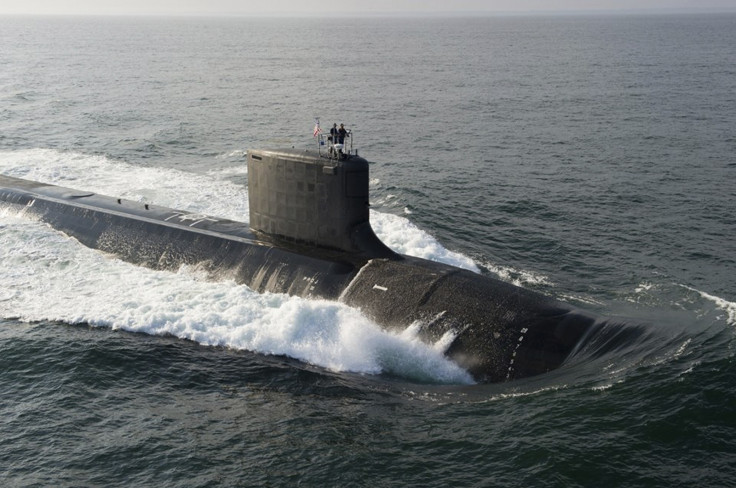Submarines may go completely undetectable thanks to this new electromagnetic cloak
New cloaking technology will leave little to no wake trails behind submarines underwater, researchers claim.

Duke University researchers have devised an "electromagnetic cloak" that eliminates wake – the trail of disturbance that is seen behind the submarine as it moves through the sea – and reduces the drag of bodies moving through the water. This could one day be used to mask submarines from wake detection devices.
Cloaking is achieved by accelerating the water surrounding the moving object to match its speed. This would leave the surrounding areas of the sea completely undisturbed while at the same increasing the efficiency of the object's propulsion, according to a phys.org report.
It is a lot easier to move through the air than through water because of the viscosity – resistance to gradual deformation – of the liquid. Through shear forces, water will drag a lot of its surroundings along when moved.
Apart from the viscosity issue, there is the effect that drag has on the shape of a body moving along the water. So the best solution, realised the researchers, was to actually push water away from the moving body. "There are many ways to reduce wake and drag, like surrounding an object with low-friction bubbles, which is actually done with some naval torpedoes," said Yaroslav Urzhumov, adjunct assistant professor of electrical and computer engineering, at Duke.
When charged particles move through an electromagnetic field, the field pushes on that particle. The ocean water is filled with charged particles in the form of ions like sodium, potassium and magnesium, so there are plenty of things to push out on. This makes the water move at a pace that matches the submarine, leaving a trail behind
"But there's only so much you can do if you're just applying forces at the surface. This cloaking idea opens a new dimension to create forces around an underwater vessel or object, which is absolutely required to achieve full wake cancellation," he added.
Urzhumov devised a way in which electromagnetic fields interact with the dense, charged particles normally found in sea water to create the cloaking device.
"The original idea was so big that it enticed colleagues at the Naval Undersea Warfare Centre to help us pursue it, even though they were incredibly sceptical," said Urzhumov.
The idea of a cloaking device was first proposed by a team at Duke in 2011, but it was a complex system that made use of multiple small motors and pumps working in unison to create the cloaking effect. "Since then, we have identified a path to materialising this seemingly impossible proposal," he added.
In lab simulations, water around the cloak appeared to be completely still, with absolutely no wake left as a trail behind it. In real world situations, however, there is bound to be some level of drag and as a result a bit of wake is going to be there, notes the report.
It is, however, not clear if such a cloak could go undetected against custom-made wake detection systems like the ones found on Soviet ships.
The development stemmed out of Duke's pioneering work in "metamaterials" where an object's structure and not chemistry creates the desired properties. Research into metamaterials also led to the development of a sonar cloaking device that can cause sound to read any object behind it as being completely flat, according to a Duke release.





















